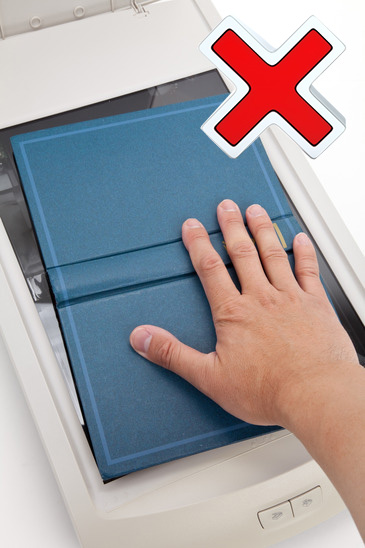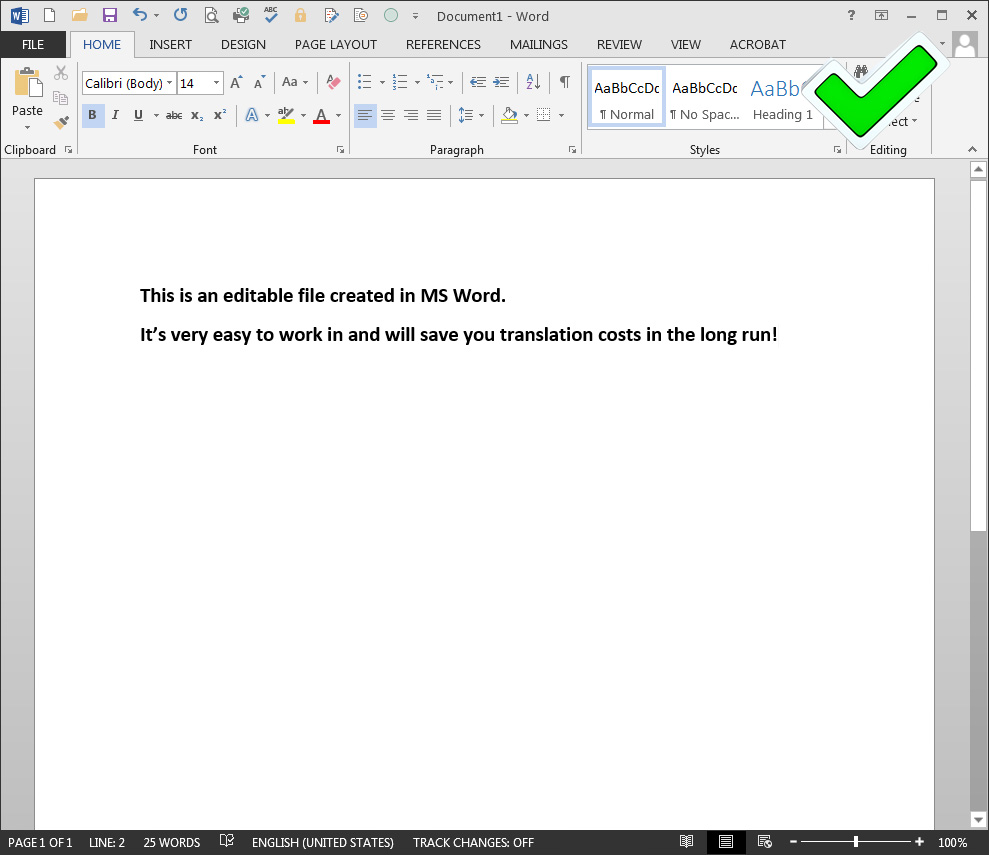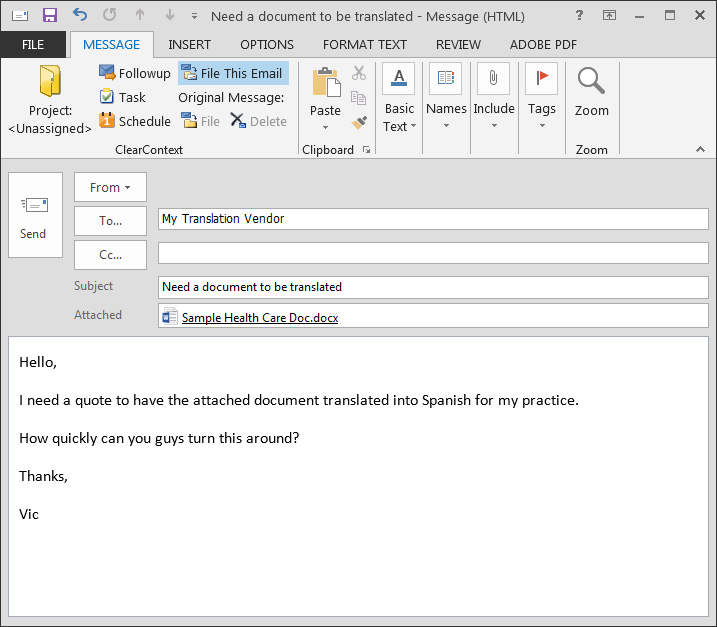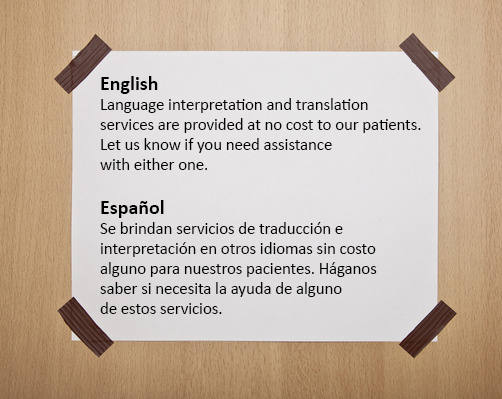7 Documents All Health Care Providers Should Have Translated
As a health care provider, you already know that you may be required by law to provide language access to your patients. The cost of providing interpreters is already part of your budget, right?
You might as well leverage it to provide a better patient experience and reduce your risk exposure.
A good way to do this is to have certain documents translated into the languages spoken by your patients. I will share my experience with you in helping hospitals and clinics provide translated content for their patients.
You will also be able to download several templates that were translated into Spanish for use in your practice. Read on to find out more!
For those of you in a hurry, download the templates now by clicking here and comeback when you have time to read the article.
Narrow down the languages
Before you hire a company or a translator to translate your health care documents, figure out your most frequently requested languages. I bet Spanish is probably your top language other than English.
According to Pew Research, by 2020 there will be 41 million Hispanic Spanish speakers in the United States, and not all of them speak English.
Translation can get expensive as you add more documents and languages. If you are going to have your documents translated into just one language, I’d recommend you choose Spanish.
Here is more on how translation pricing works.
Gather your documents
As you get ready to have your documents translated, you should first gather them all together. The last thing you want to do is take a paper copy of a document, scan it in and send it off to your translation vendor.
That scanned copy is most definitely going to be low quality and will need to be retyped.
And retyping leads to additional costs.
What you should do is provide your translation vendor with the documents in an editable format such as MS Word. Editable files are much easier to work with.
Working with editable files also helps maintain quality and consistency, and reduce overall cost.
Contact your translation vendor
Since you have the editable files, you can simply email them to your translation vendor. In your email, specify what language you want them translated into and your turnaround time requirements. Your vendor will provide you with a cost and time estimate to complete the project.
Once the translation has been completed, the translated documents will be emailed back to you. You can then start using them in your health care organization.
Recommended list of documents for translation
I’ve worked with dozens of health care clients in the past decade and helped them translate hundreds of documents. As a result, I am providing you with a narrowed down list of most popular ones.
Here are the documents all health care providers should have translated.
1. Patient Information Form
This is one of the most essential forms you should use in your practice. It captures all basic health information about the patient that you can then input into the electronic health record (EHR).
Your front desk staff will give this form to the patient to fill out before the appointment is scheduled to start. If the patient speaks Spanish, it will just make it that much easier for him or her to fill out the form.
The patient information form may include the following elements: patient’s contact info, medical history and changes since their last visit with a doctor. You can get as detailed as you need, but I’d recommend keeping this form limited to two pages.
2. Patient Rights & Responsibilities
This should also be a fairly short document. It includes the rights your patients have when visiting your practice as well as their responsibilities to you.
Remember that one of those rights is having an interpreter available at no cost to the patient.
I’ve included a sign for your convenience that you can print and place near your reception area that will make it easier for the patient to know that interpreter services are available.
You can download it with the rest of the templates.
3. Consent and Assent Forms
Your patients have the right to consent to treatment. They also have the right to refuse treatment. In many cases, you may be required by law or corporate policy to have such decisions documented.
Some of the common consent and assent forms include:
- Release of Information
- Consent to Treat
- Consent to Procedure
- Consent to Immunization
If your patients don’t understand what they are consenting to, it does not do you any good having consent forms to begin with.
Have your consent and assent forms translated to keep your patients informed.
4. Patient Instructions
Your patients will need instructions that they should follow after they visit with you and perhaps even before their next visit.
For some procedures, such as a colonoscopy, one has to prepare. He or she does that by following your instructions.
In physical therapy, you may have just treated someone for a sports–related injury. That patient now needs instructions for what to do and what to avoid in order for his or her treatment to be effective.
Translate those patient instructions and give them to your patients.
5. History Questionnaires and Progress Notes
This is something that you may or may not need translated. For history questionnaires, you can write down the answers provided to you by the patient with the help of an interpreter.
As you interview the patient, the interpreter will relay the information between you and the patient in English and your patient’s language. Your task is to write down the information in English.
Things get a bit tricky with progress notes. Let’s say your patient presents you with progress notes from Mexico.
Those progress notes are handwritten in Spanish. There could be critical health information in those notes and you should have them translated from Spanish into English.
Handwritten text is difficult enough to read. Handwriting done by a doctor or nurse in Spanish is even more difficult.
Scan those progress notes into a PDF and send them off to your translation vendor to have them translated (this is the only time it’s appropriate to scan your documents).
Your vendor will provide you with a translation in an easy-to-read, typed-up document.
6. Missed Appointment Policy
Everyone hates untimely cancellations and no-shows. It’s a huge waste of time for everyone, including the staff at your practice. In this case, time also equals money.
If your patient doesn’t show up for an appointment, you lose money. Additionally, the interpreter will expect to be compensated in such occurrences.
To mitigate patients missing their appointments, many health care providers implement a missed appointment policy. According to the American Medical Association, it is ethical for health care providers to charge patients for missed appointments.
However, your patients must know of this policy in advance.
Have your missed appointment policy translated and provide it to your patients so they understand the consequences of missing appointments without providing you with sufficient notice.
7. Patient Financial Responsibility Waiver
All citizens and legal residents of the United States are now required to have health insurance, or face a penalty. I bet most of your patients are insured, with the exception of those few that prefer to pay cash.
Having the ability to bill your patient’s insurance for your services is great. Of course, until the claim is denied and you’re in an awkward spot having to contact your patient with the bad news.
Clear this up in advance by having your patients sign off on a financial waiver. This will cover you in the event insurance doesn’t cover a certain medical procedure or refuses to pay for your services for one reason or another.
By communicating this information to your patients in advance and having them sign a financial waiver protects you. You now have an ability try and collect from your patients directly.
Free Templates to Get You Started
The American College of Physicians has many great patient care and office forms you can download here. With the permission of the ACP, NWI Global went ahead and translated some of these forms into Spanish.
This is great news for you since you can start utilizing these forms without any additional overhead cost for translation.
Click Here to Download the ACP Patient Care and Office Forms in Spanish
These are just general templates, so if you need to customize them, make sure you work with your translation vendor to do that. You can also reach out to us for assistance.
Conclusion
Providing interpreters for your patients isn’t enough. You should also provide them with written content that’s been translated into their languages. You now have a good starting point and a list of recommended documents to have translated.
By doing this, you are going to improve patient satisfaction. You will also reduce your risk of not being in compliance with Title VI and other regulations.
It’s true that translating documents will cost you, but in the long run the payoff will be immeasurable.
What other documents can you think of that need to be translated for your practice?
Share your thoughts in the comments.












Leave a Reply
Want to join the discussion?Feel free to contribute!